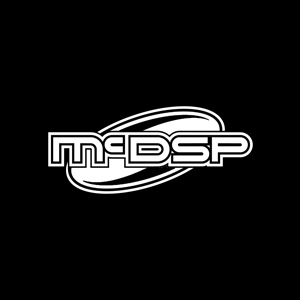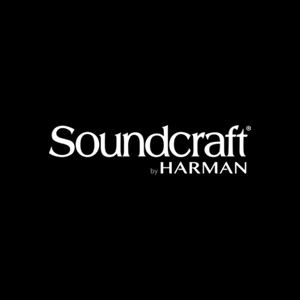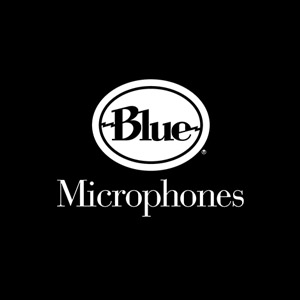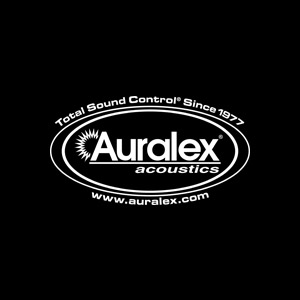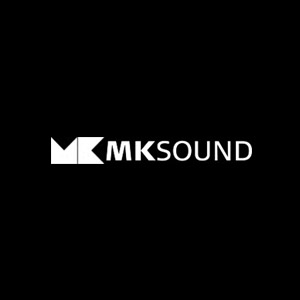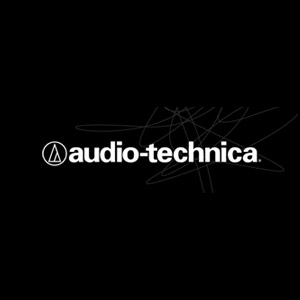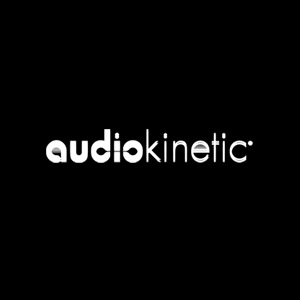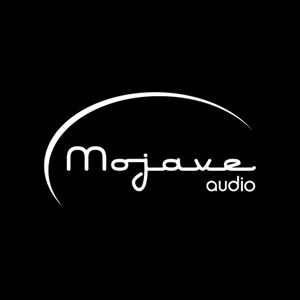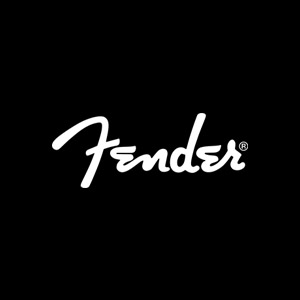Mic Selection: What mic is right for me?
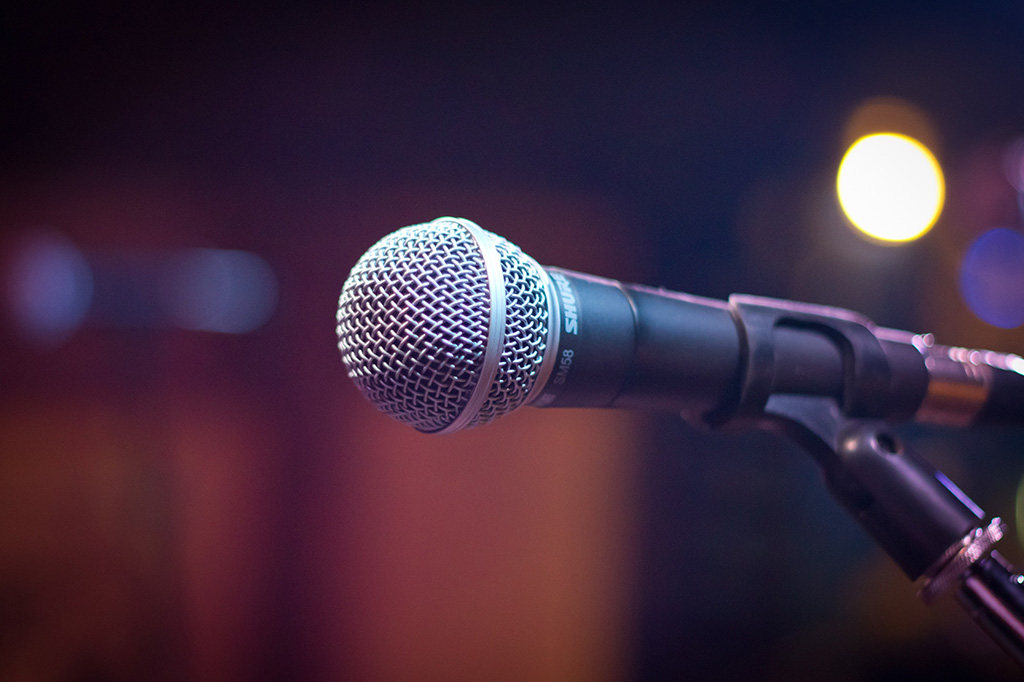
Mic selection is one mystery of creating a masterpiece of a recording. The first microphone was developed in the 1870s. Over the past century and a half, many more have followed in its path. There are thousands of different mics on the market today. Whether they are new, used, vintage, one-off, wired, wireless, proximity or designed for stage use. There are dynamic mics, condenser mics, ribbon mics, lapel mics, so many different mics. How do you know which one is the right one to use?
The beautiful thing about our audio engineering education is that, while it’s a science, it also allows a lot of room for creativity. Since sound quality is often subjective, it is important to understand how to mic selection can benefit your project’s sound. Every audio engineer will have a favorite microphone, whether it’s an SM57, Blue Bottle, RE-20, or SF-24. Some audio engineers may even have a custom mic they made themselves. CRAS has a huge mic locker! Students get to experiment with countless microphones during their time at the Conservatory.
What makes these mics so different from each other? Why would one be better to use versus another? To understand this, we must understand some microphone basics.
Microphone Basics
How does a microphone pick up sound? Each microphone will have a capsule that contains a diaphragm, which moves with sound pressure. The mic will also have a way to convert this sound pressure into an electrical signal.
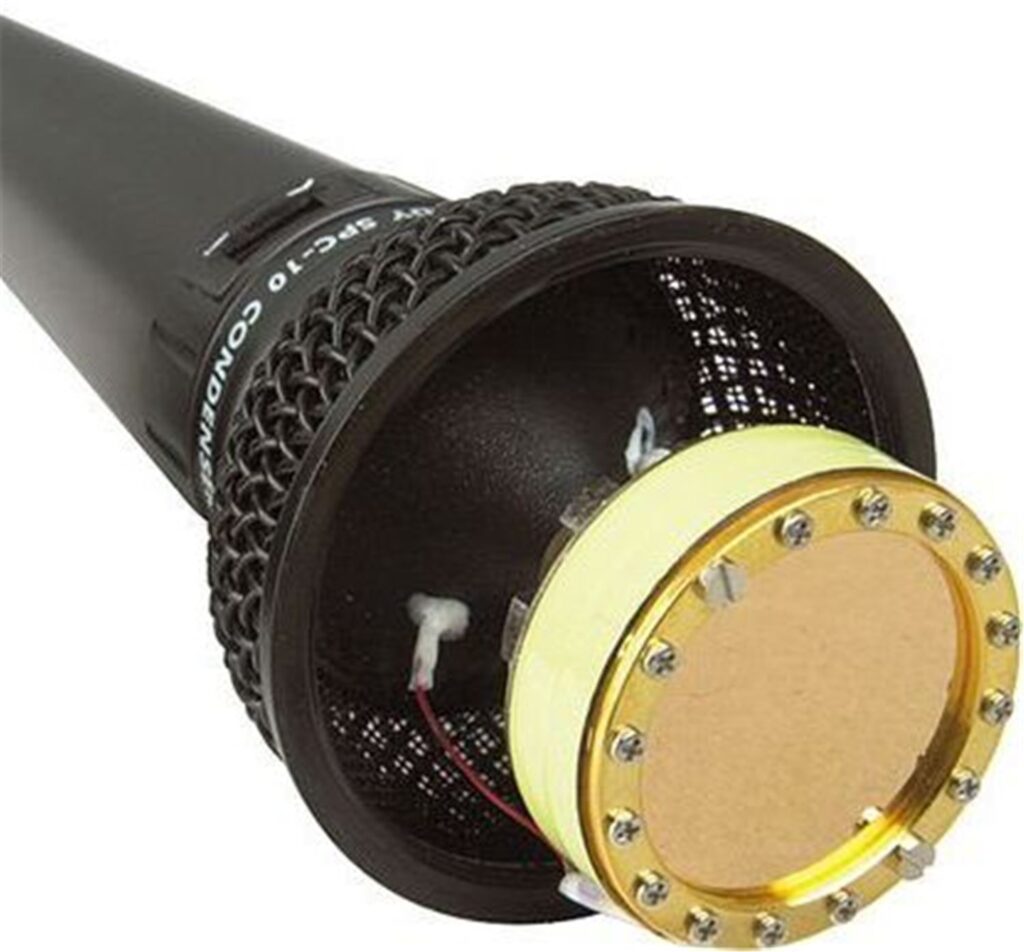
Some microphones are directional. They pick up audio better when pointed at something, much like how a flashlight can help you see something in the dark. This directionality often comes in a few flavors – cardioid, supercardioid, and bi-directional being the some of the most common.
Some microphones are designed to pick up everything around them. Those are known as omnidirectional mics. The directionality of a mic is often related directly to the capsule design. These characteristics are known as polar patterns.
The diagram below illustrates a few different polar response patterns. The thick black line represents the area in which a mic can pick up sound, with the center of the diagram representing the mic capsule. The chart shows which direction the mic will be able to pick up sound from. The top of the chart (0 degree mark) represents the direction the mic is pointed.

Depending on what you are trying to record, one polar pattern may work better than another. For example, if you wanted to really pick up the snap of a snare drum, a cardioid mic pointed directly at the snare head would be a great choice. If you want to use one mic to record the overall sound of the entire drum kit as it’s heard in the room, an omnidirectional polar pattern might be a better choice.
Think of a cardioid mic as being a spotlight – you want to point it directly at the sound you want to highlight. An omnidirectional mic, on the other hand, would be like an ambience light, allowing you to pick up the entire “feel” of the room.
Using an omni mic to capture the “room sound” is a great way to give airiness and space to a drum or vocal recording. Many studios spent a great deal of money designing their studios live rooms to sound great.
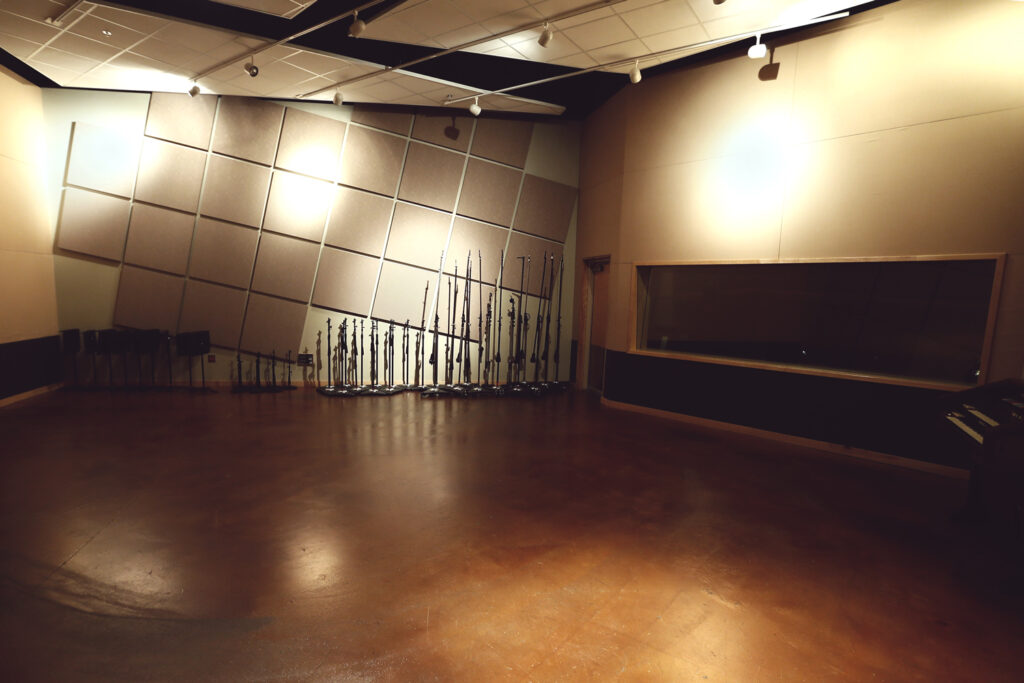
The mic selection process can help you find the right mic to pick up that “room sound”. If you have too many mics picking up the same sound, however, you could run into phase and coherency issues when it comes to mixing down the project. That’s a topic for another day.
Cardioid and omnidirectional polar patterns are some of the most common patterns used in studio recording. There are some other variations, such as bi-directional, hypercardioid, and shotgun, each with their own applications and benefits.
Microphone Type
Aside from the polar pattern, the capsule design of a mic can also determine its most effective applications. Most commonly we can find 3 types of microphones in a studio setting – dynamic, condenser, and ribbon.
A dynamic microphone works via electromagnetic induction. This is similar to how a speaker works. Dynamic mics have the reputation of being sturdy, reliable, and capable of handling loud SPL (sound pressure levels). These microphones are often found on drum kits and in vocalist’s hands live on stage. Dynamic mics do not require batteries or power supplies to function. Dynamic mics often “color” the sound since they don’t pick up all audio frequencies equally. Popular dynamic mics out there are the Shure SM57 and SM58, Electrovoice RE-20, and the AKG D112.
A condenser microphone works on electrostatic principles, where there is a small electrical charge between diaphragms provided by capacitors. This mic design requires some sort of external power supply, such as 48V phantom power or a battery. While dynamic mics can be more rugged, condenser mics more accurately pick up details of a sound. However, they can be a bit more fragile. Generally, condenser mics have a more favorable, much flatter frequency response than dynamic mics. Condenser mics can usually handle loud sounds, although they may start to distort before dynamic mics will. Each mic should have a rating for Max SPL to help figure this out. Common condenser mics are the AKG C451, Neumann U87, and the Audio Technica AT4050.
Ribbon microphones are the most sensitive mics available. They achieve this sensitivity by having an incredibly light, sensitive ribbon diaphragm. These ribbon mics can pick up incredibly clean sounds, and are especially good at picking up higher frequencies. Many studios treasure their ribbon mics, as they are expensive, often vintage, and very fragile. However, the sound from a ribbon mic is unparalleled. Popular ribbon mics are the Royer SF-24, AEA R84, and the Blue Woodpecker.
There are a few other microphone types out there, but the three above are the most commonly found in the studio recording world.
Now that you’ve decided which microphone type you want, and which polar pattern you need, you will want to narrow down the frequency response.
Frequency Response
Each microphone has a unique frequency response. Human ears are capable of hearing sounds from 20Hz up to about 20KHz. Depending on the type and polar pattern of the mic, each mic can have a frequency response that may make it ideal for recording one instrument versus another. Taking a look at this example frequency response chart for a Shure SM57, you can see what areas of the audible spectrum it picks up better than others.
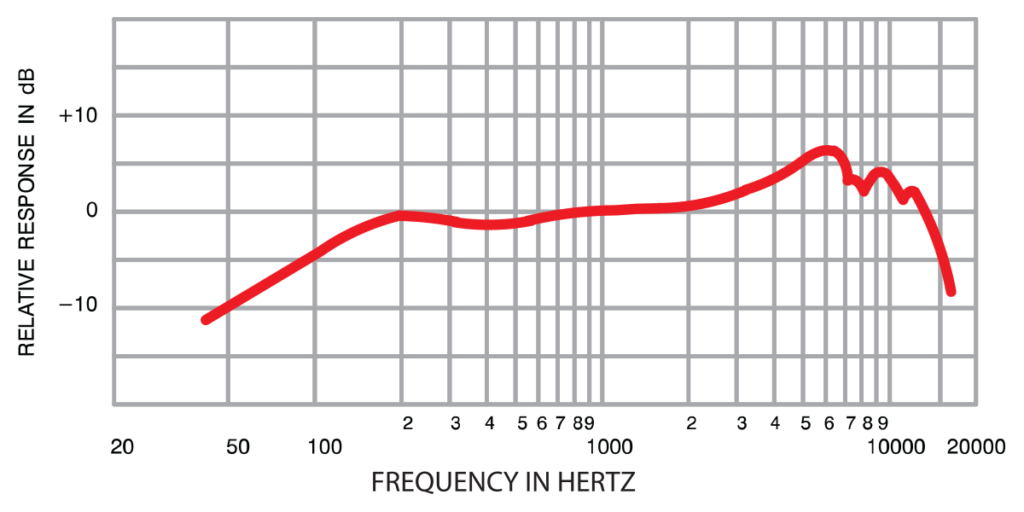
We can see that below 200Hz, the response line goes down. This means it picks up those lower frequencies at much lower levels. Similarly, at 7KHz, we see the frequency response on the high end begin to take a dip. However, from 2KHz to 6KHz the mic excels at picking up sound. This is exactly why people choose this mic commonly for vocal applications. Our ears hear nuances of voice, like sibilance and presence of speech most clearly in that frequency range. Look at the Fletcher-Munson curve chart to see what frequencies our ears hear the best.
Most mics will come with a frequency response chart from the manufacturer. You should also be able to find one online. CRAS also trains students on using Smaart audio analyzation software. Smaart can also be used to get mic frequency response measurements. Using those microphone frequency response charts in conjunction with a graph like this interactive instrument frequency chart can help find the right mic for the right application.

Let’s say you are trying to pick up the thump of a kick drum. The kick drum’s frequency range has a lot of power from 60Hz to 250Hz. Choosing the Shure SM57 for this is not ideal. The SM57’s frequency response chart shows a decline in its performance below 200Hz. If we look at this frequency response chart for the AKG D112 instead, we can see that the mic actually improves its performance below 200Hz. Because of this the D112 a very commonly sought after kick drum microphone.
So by now we’ve chosen our microphone type and polar pattern. We checked the frequency response chart to make sure the mic favorably works with what we are looking to record. What’s left?
Well, we’ve done our homework by this point. We’ve applied all the science parts. The next part is where the creativity comes into play. The Conservatory’s comprehensive music production program focuses on every technique that can be used to make great recordings. Students have countless recording session classes with instructors closely guiding them on proper technique. Check out this video of what students get to experience in a Guitar Clinic tracking session:
Mic Placement
Mic placement is where you can get creative with the sounds you are achieving. Ideally, spot miking each instrument is a great way to start. Here we are looking to get the mic as close to the sound source as possible. We also want to limit the amount of noise from adjacent or surrounding instruments. This is where choosing a good polar pattern can be key.
If you are close miking a snare drum, for example, you only want to get the snare sound. You do not want to pick up cymbals, hi hat, and toms, since those will be miked separately. Some of that noise will bleed into the snare mic, but choosing the right polar pattern can really cut down on that. The goal is to have the best quality snare sound, with the least amount of noise.

It would make sense to use a cardioid (spotlight) mic on the snare, pointed directly at the head. The directionality of the polar pattern means the mic will ignore most everything that it’s not pointed at. I mocked up a quick photoshop to illustrate how we can use the polar pattern of a mic to find it’s ideal location on a drum kit:
Those are some of the basics on mic selection and placement. The rest of the magic in audio recording comes from experimentation! That’s where courses at online audio schools fail to educate. How are you going to experiment with mic placement on a web page? You can’t!
All students who attend the Conservatory get access to all of our 11 recording studios, 5 unique live rooms, and live sound venue to practice their mic techniques and tricks in. As a required part of the curriculum, students are allowed to have 2 full tracking sessions, where they are the head engineer. Students are responsible for setting up everything for their session, from choosing the musicians, picking out the mics, setting up and placing the mics, signal routing, recording to tape or DAW, and a final mix.
The only way to get better at the recording trade is by actually doing it, and critically listening to the results. That’s why our on campus, in-person, hands-on recording program produces so many successful students. Learn more about our highly focused, on-campus audio recording classes here.


